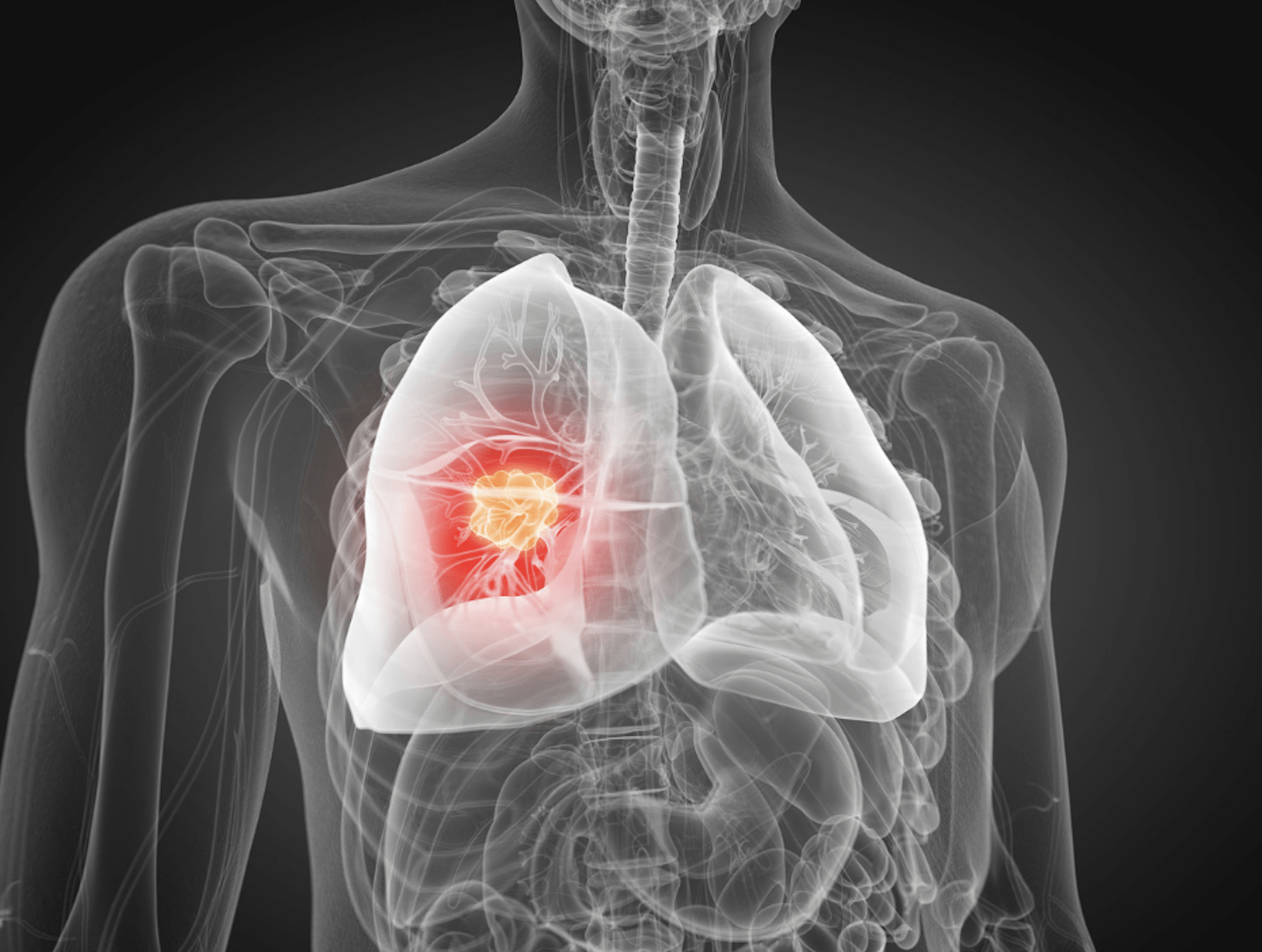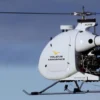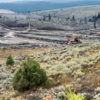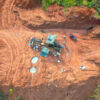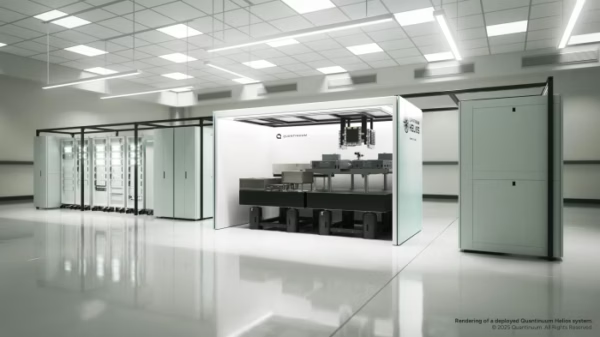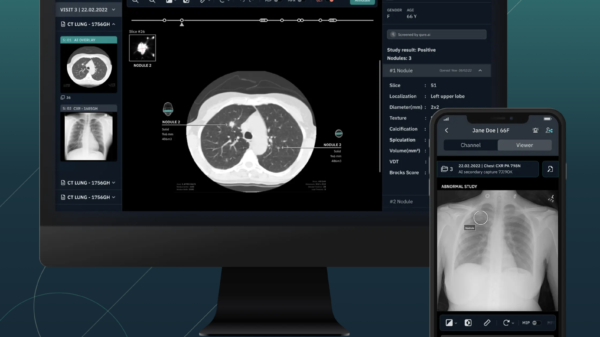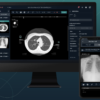Artificial intelligence has once again proved its value in detecting lung cancer. The rapidly evolving technology has become particularly useful for multiple oncology applications.
On Tuesday, the Radiological Society of North America published a study on a deep learning AI model that has been helping to detect and segment or classify tumours on CT scan imaging. Properly classifying different tumour types is crucial when considering treatment options.
Deep learning is a subset of artificial intelligence that utilizes multi-layered “deep” neural networks to replicate the critical thinking capabilities of the human brain. It can outperform standard machine learning programs in more complex tasks and thrives with large datasets.
For their study in the journal Radiology, the researchers highlighted that their AI model was capable of achieving a favourable 92 per cent sensitivity and 88 per cent specificity. The first statistic measures how accurate it is at identifying positive cases while the latter is concerned with pinpointing negative cases. Additionally, they say it would only misidentify 0.78 per cent of tumours.
“To the best of our knowledge, our training dataset is the largest collection of CT scans and clinical tumour segmentations employed for constructing a lung tumour detection and segmentation model,” the authors wrote in the study.
The deep learning model was trained using 1,504 CT scans from 1,295 patients who had 1,828 tumours before it was assessed by examining 150 CT scans.
“In conclusion, our study represents an important step toward automating lung tumour identification and segmentation,” the researchers explained.
Investigators from the United States and China completed the research. Their affiliations include Stanford University School of Medicine, the Chinese University of Hong Kong, the University of Washington and Shanghai Jiao Tong University School of Medicine.
“This approach could have wide-ranging implications,” lead author Mehr Kashyap said, “including its incorporation in automated treatment planning, tumour burden quantification, treatment response assessment and other radiomic applications.”
Excited to share our study on using deep learning to automate lung tumor detection and segmentation! pic.twitter.com/U5KhShB6rw
— Mehr Kashyap (@MehrKashyap) January 22, 2025
Read more: Breath Diagnostics onboards new president and closes critical financing
Read more: Breath Diagnostics pioneers novel lung cancer breath test
Findings are very promising, but the model has limitations
Most notably, they say the deep learning model tends to underestimate tumour volume and perform poorly with its analyses when the tumours are very large.
This is problematic because measuring tumour volume is of great importance for physicians when they are crafting a treatment regimen for patients.
As additional and necessary evaluations of the AI model are completed, Kashyap says that a “physician-supervised workflow” should be implemented.
Other artificial intelligence programs developed in recent months have demonstrated an ability to identify suspicious and potentially malignant nodules in a person’s lungs by examining X-ray scans. The American companies Imidex and Qure.ai have been excelling in this regard. Their technology has shown great promise in identifying the respiratory disease years before symptoms manifest.
In June, a report from the researcher Market.US predicted that the AI in cancer diagnosis sector would grow immensely in the coming years. The New York-based analyst says it will expand with a compound annual growth rate of 27.2 per cent and reach a valuation of US$1.9 billion by 2033.
rowan@mugglehead.com

